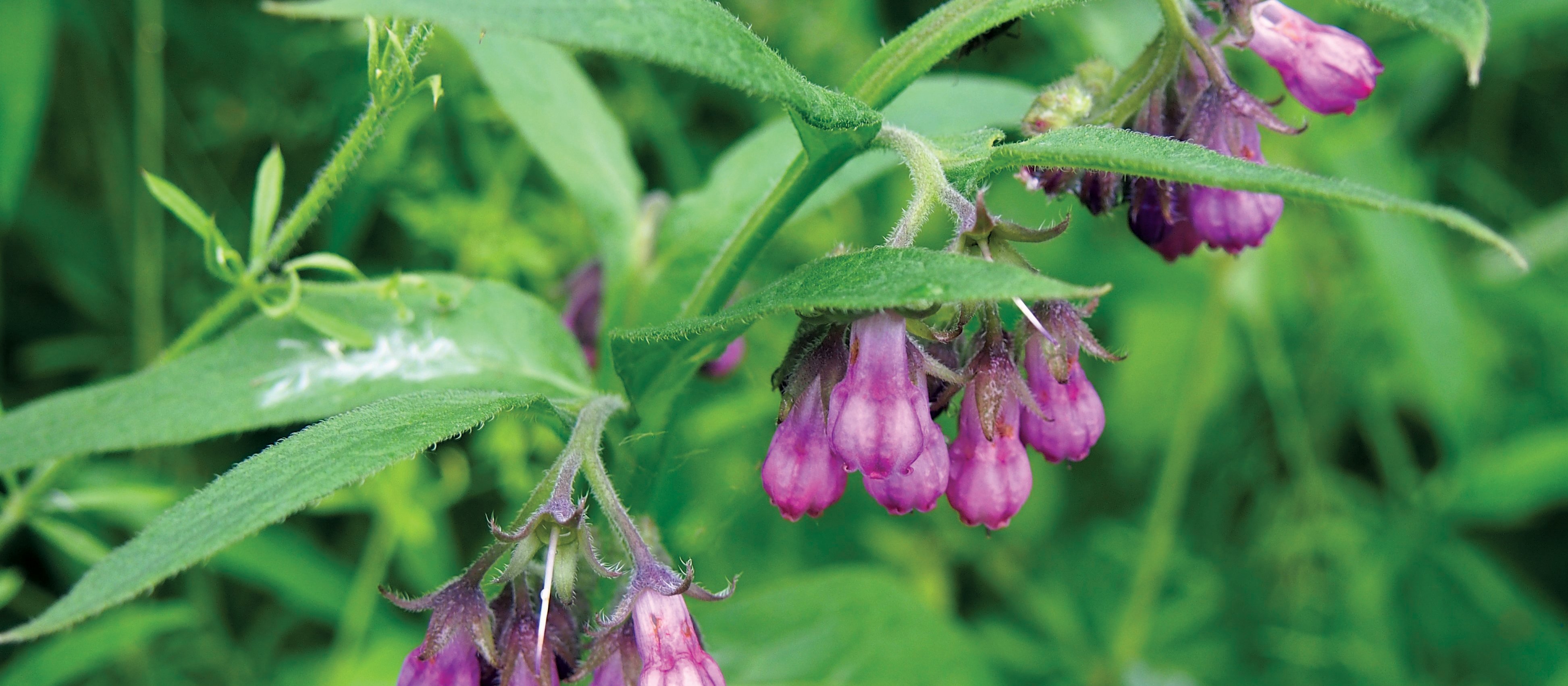Academic pharmacist Nataly Martini highlights the importance of understanding non-Hodgkin lymphoma and pharmacists’ roles in managing this condition
Friday 1 November 2024, 01:00 AM
14 minutes to Read

Pharmacist and medical herbalist Phil Rasmussen reports on the impressive credentials of comfrey for pain relief